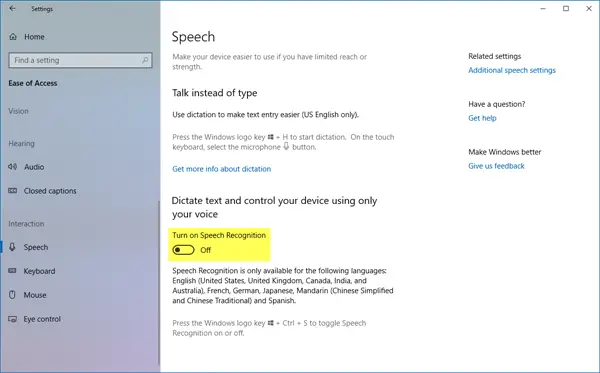

In many ways, the use of voice recognition technology in the translation industry is still new, so it’s only natural to face early technical limitations. For instance, voice recognition technology doesn’t seem to work that well for translating medical text.īut these are all challenges that the industry is ready to tackle head on. Finally, highly specific and technical content can be difficult to translate as well. It can also be challenging for voice recognition technology to understand local dialects and accents, like Indian English or Hungarian English.
#Voice dictation software for replacing keyboard manual
“The more frequently you have to switch from speech recognition to manual entry and back, the more cumbersome and difficult it is to use the technology,” says Varga.

For example, it can have trouble separating voice commands from the words that actually needs to be recognized and processed. That’s because the technology still is limited in several use cases. Called Hey memoQ, this dictation app allows people to speak directly into their iOS mobile devices. The Hey memoQ mobile app then sends the speech to Apple, where it is processed and sent back to memoQ, allowing the user to see written text on the translation grid.īecause a person can speak more quickly than type, we believe voice recognition technology could eventually replace predictive technology. In fact, our users have gone as far as saying,Įven though voice recognition technology exists in the translation industry, its use still hasn’t peaked. Kids can use dictation to write with their voices, instead of writing by hand or with a keyboard. You may hear it referred to as speech-to-text, voice-to-text, voice recognition or speech recognition technology. For example, at memoQ, we have just launched our first voice recognition technology product. Dictation is an assistive technology (AT) tool that can help kids who struggle with writing. “In 2019, machine translation is probably still going to be the order of the day, and therefore, it needs to be supported by human translators or reviewers,” says Varga.Īs a result, we suspect more translation software companies will offer their own voice recognition products in 2019. Voice recognition technology can accelerate the post-editing process and boost productivity for translators, especially for big jobs. As a result, companies are increasingly relying on machine translation (MT) technology, combined with post-editing workflows done by translators. Today’s global economy means more content needs to be translated quickly.


 0 kommentar(er)
0 kommentar(er)
